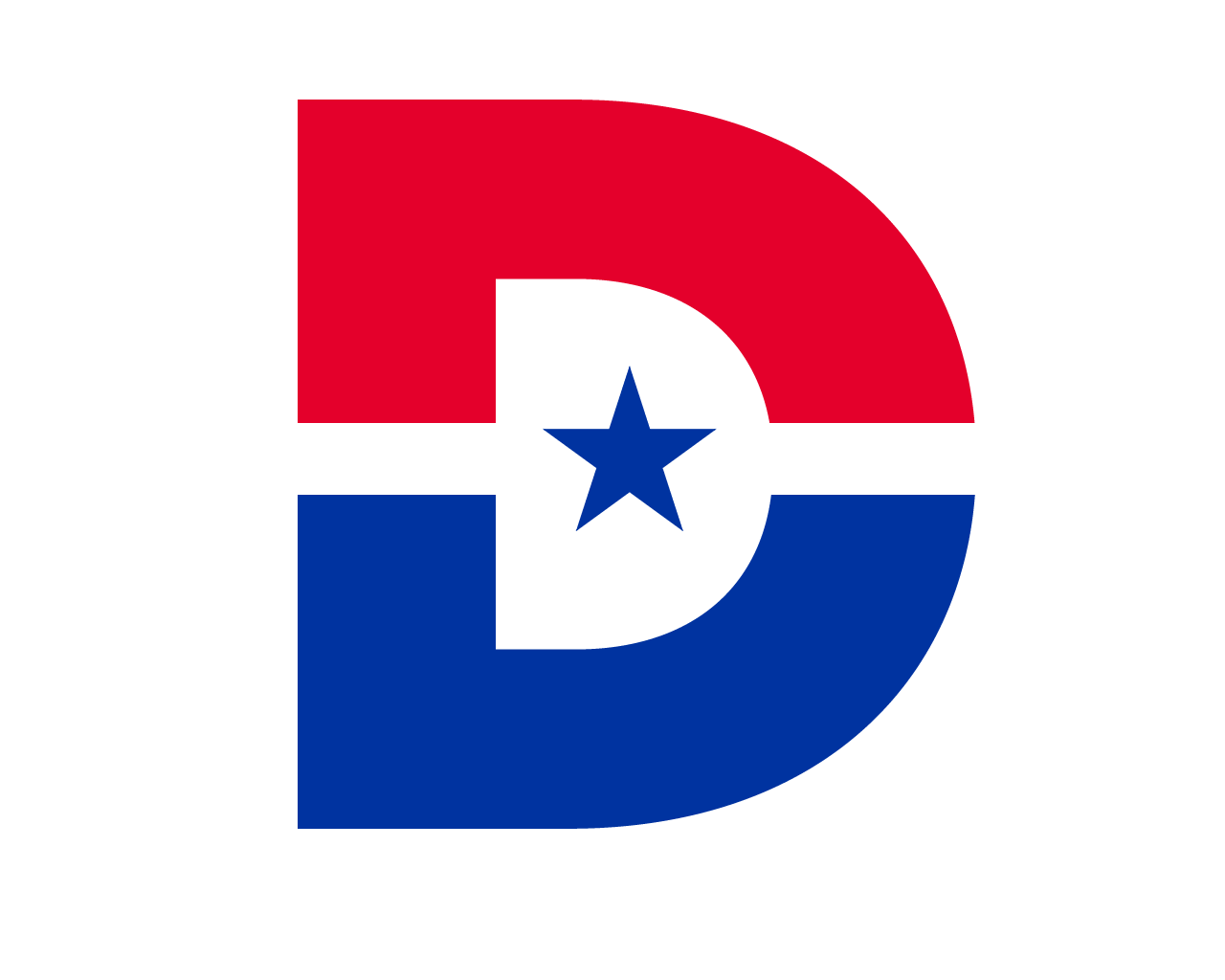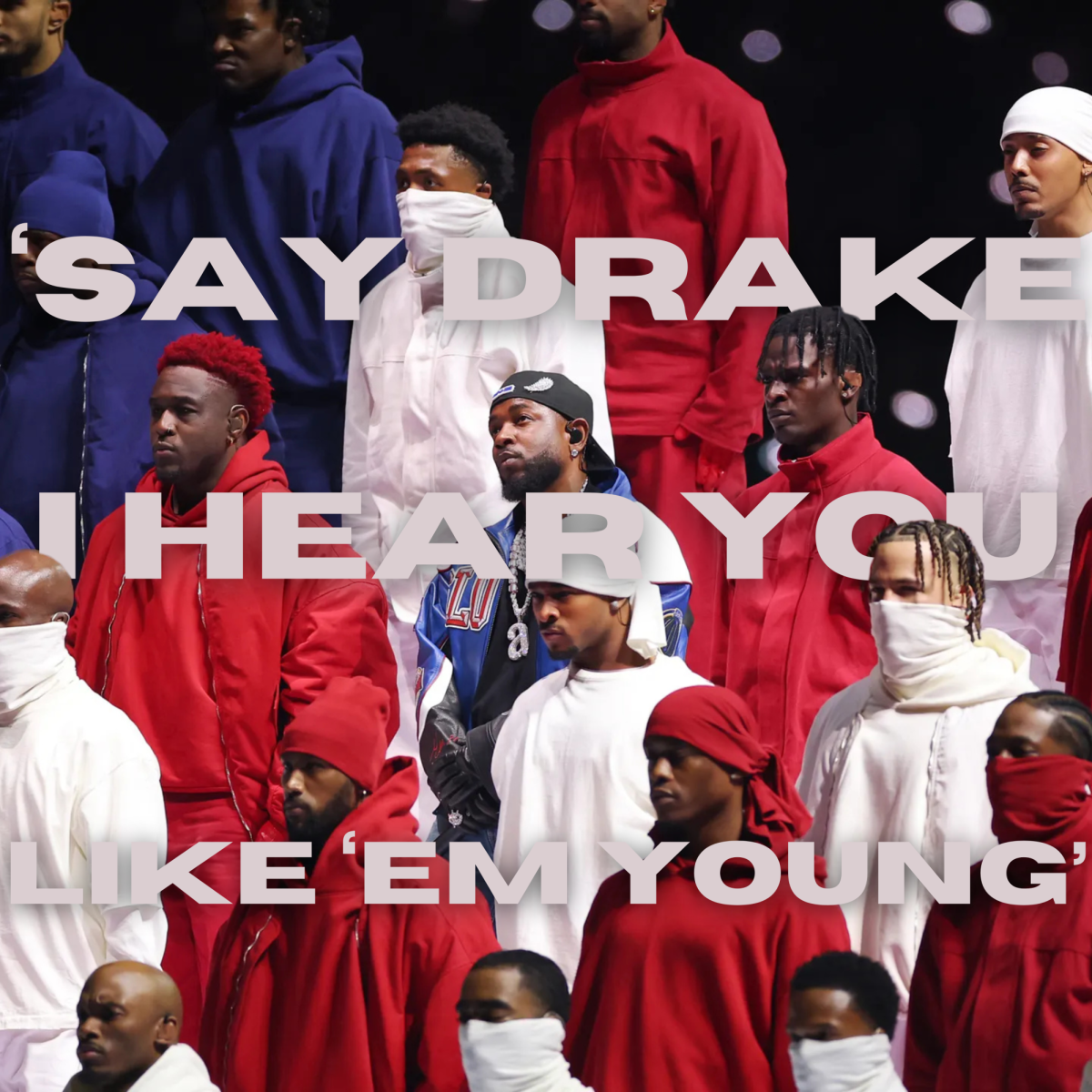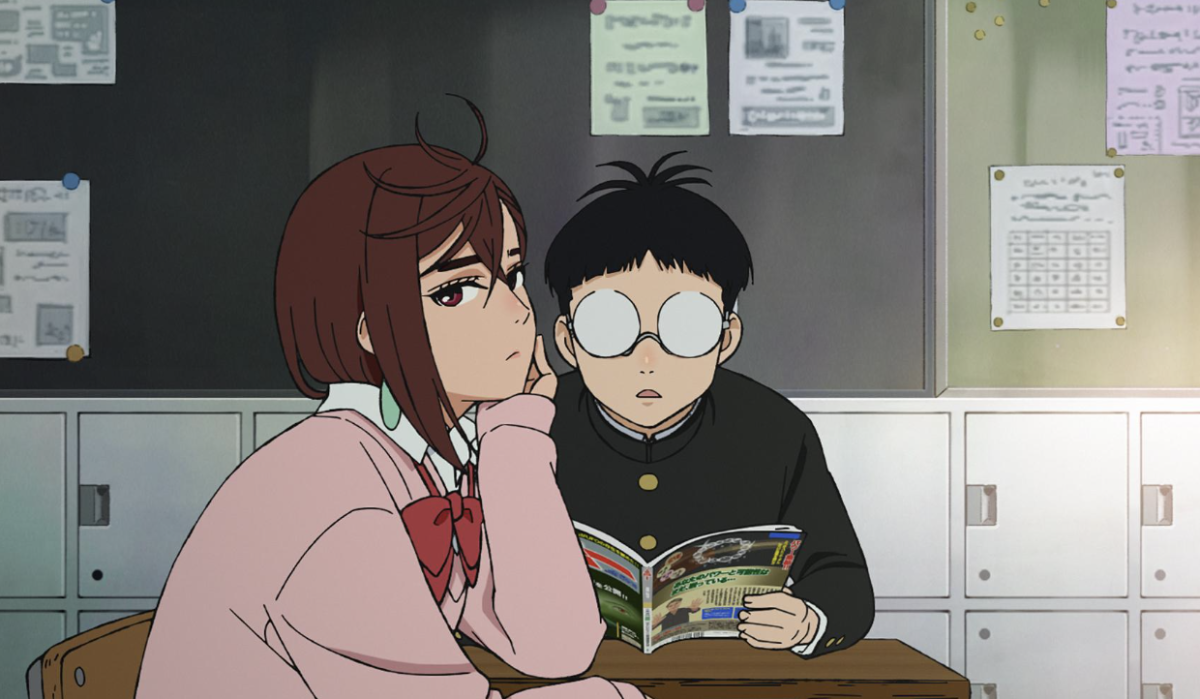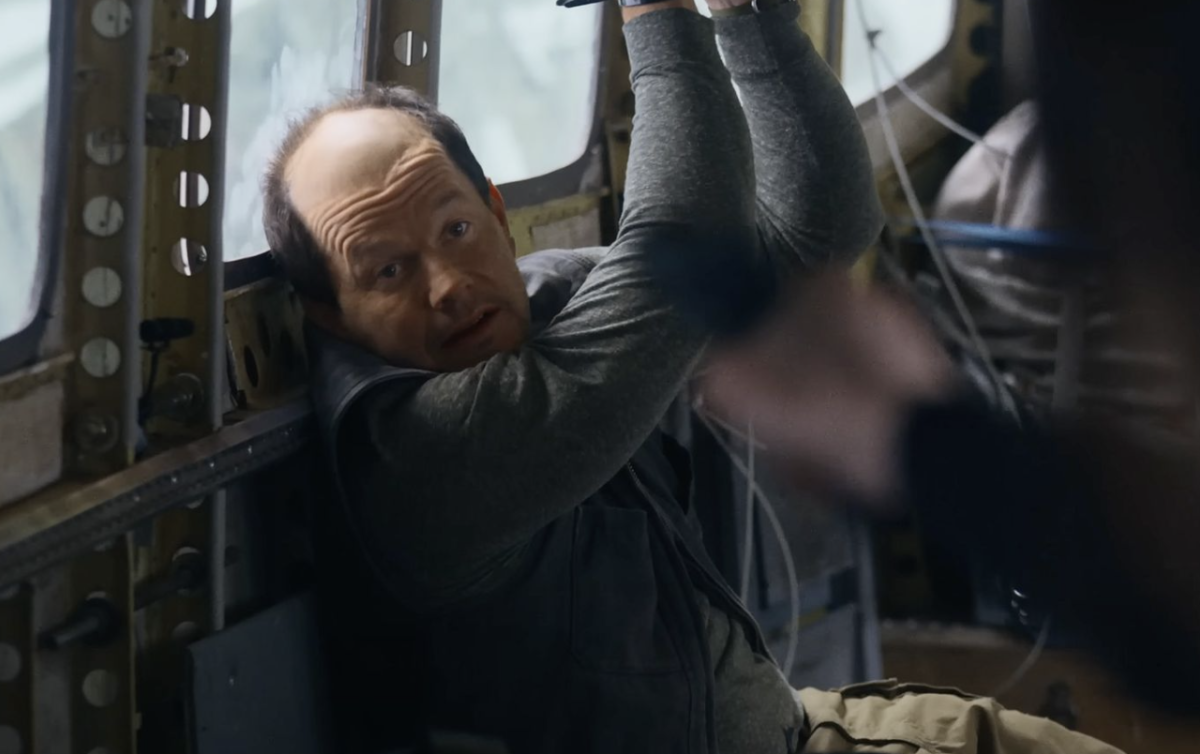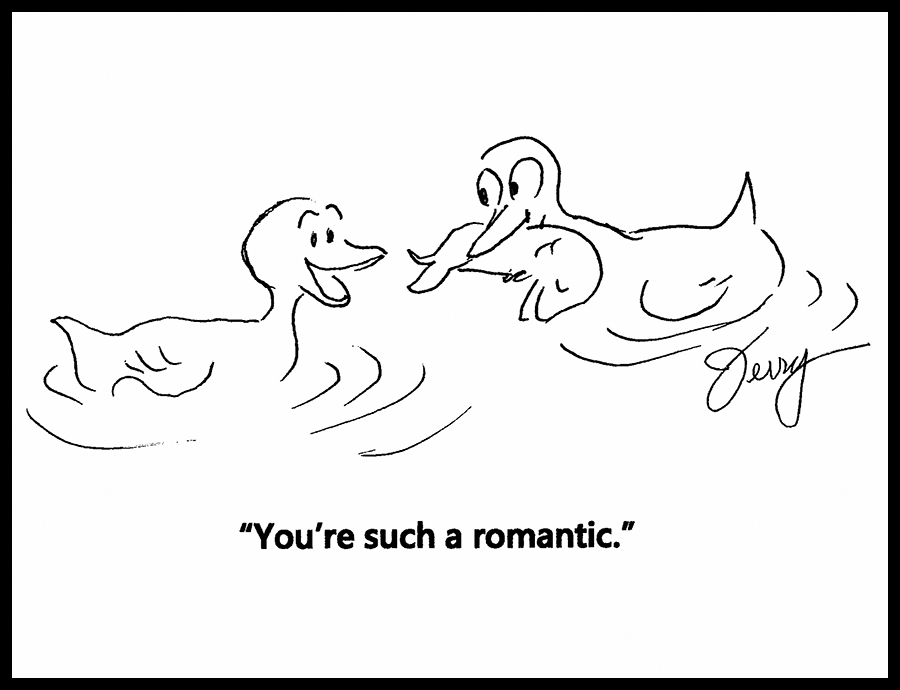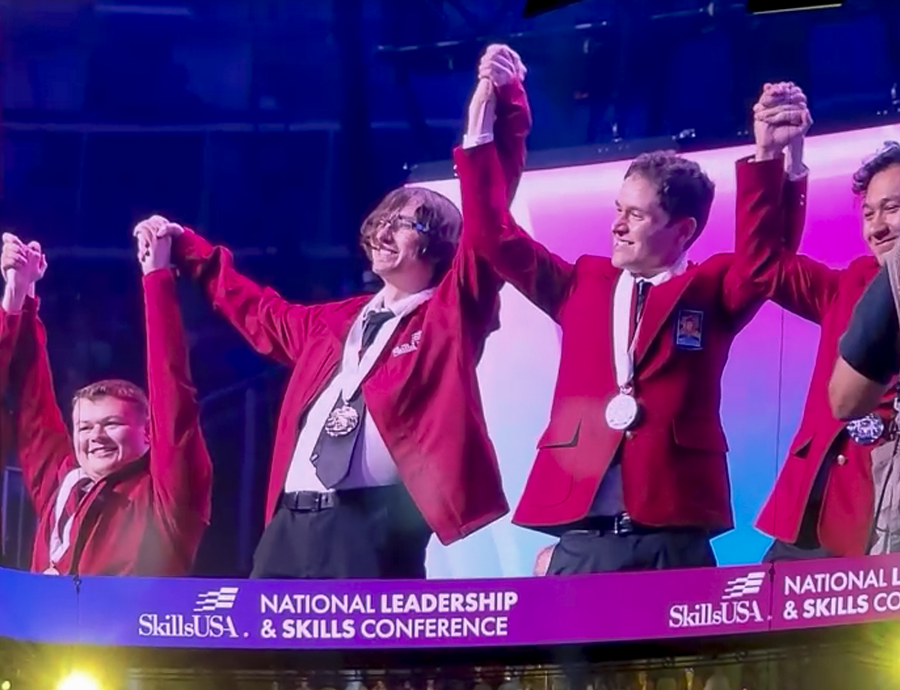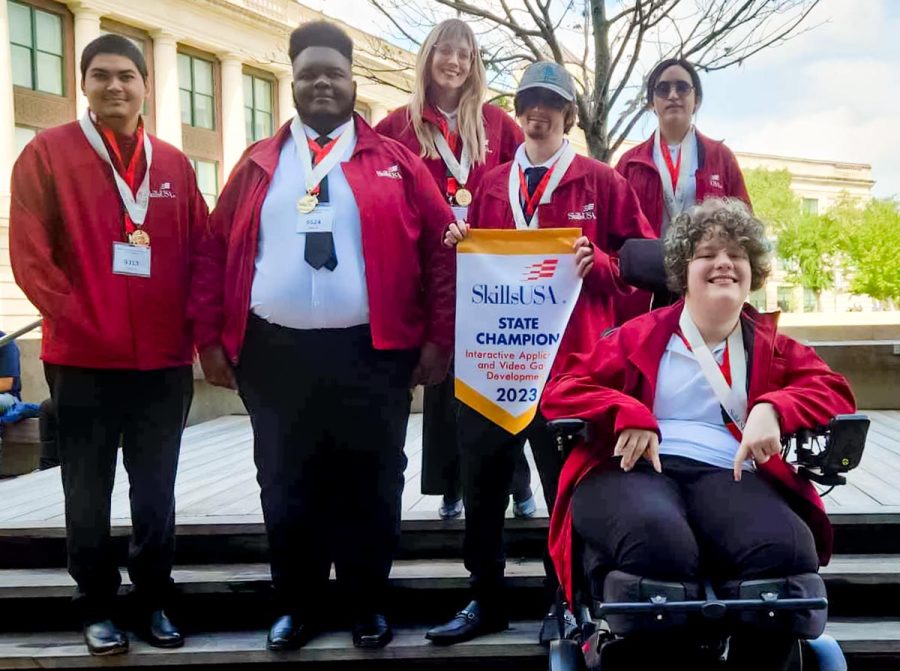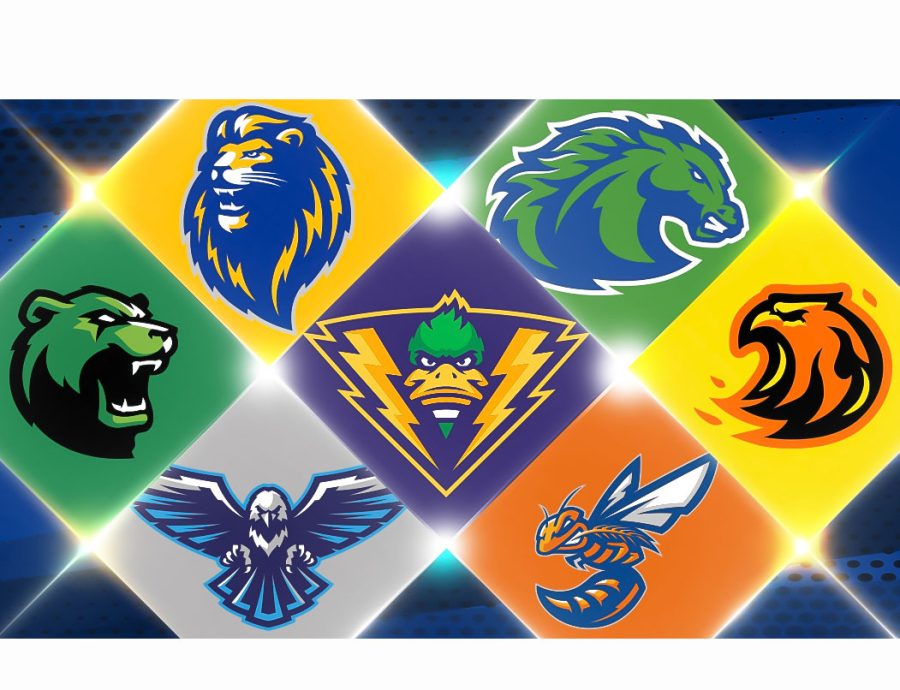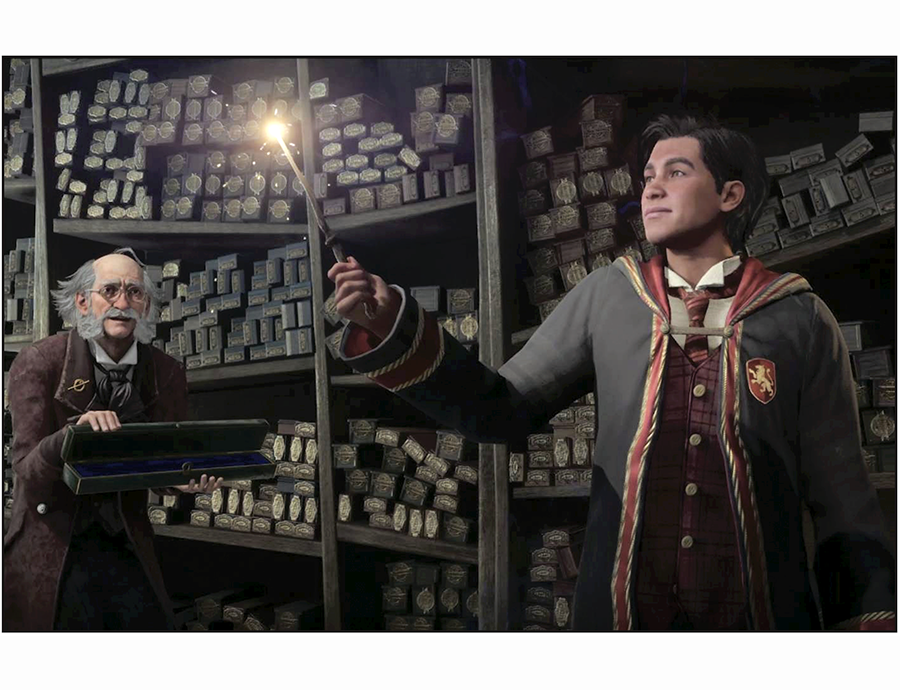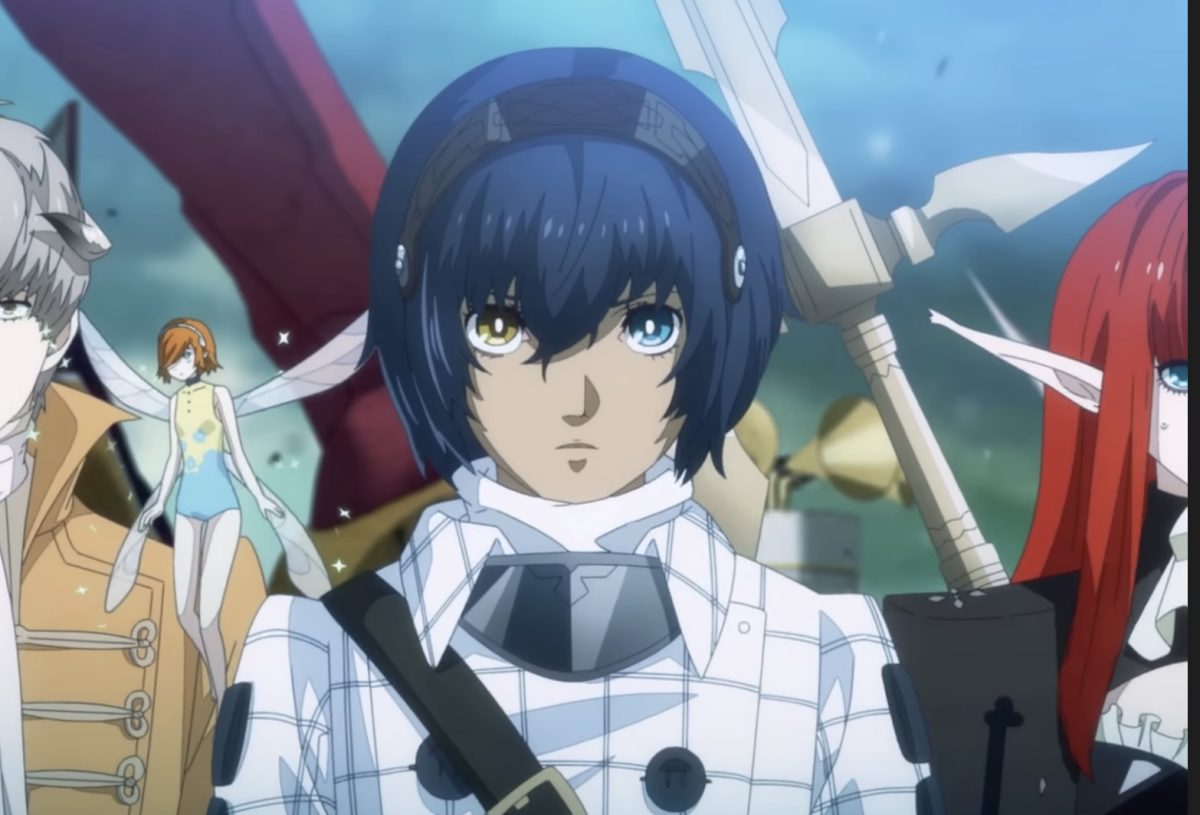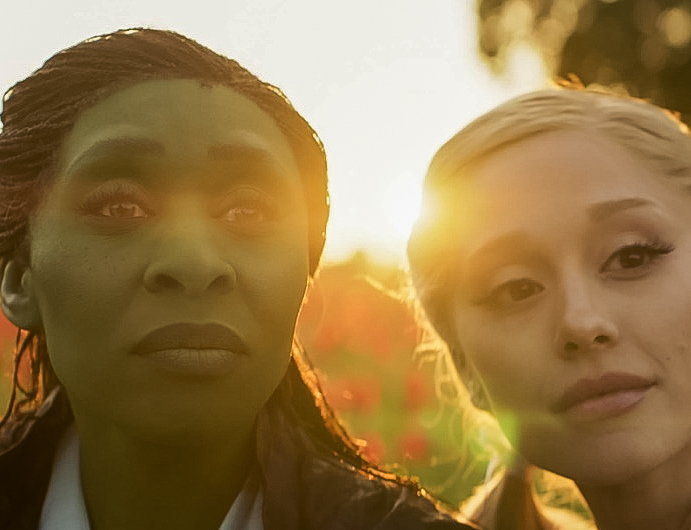Staff Writer Jason Ryer
“Pokémon Brilliant Diamond” and “Pokémon Shining Pearl,” released Nov. 19, come straight forward in remaking the DS “Pokémon Diamond” and “Pokémon Pearl” games of 2006 to even the smallest detail.
The story hits beat by beat that of the original games and there isn’t much in regard to story improvements for “Brilliant Diamond” and “Shining Pearl.” What you see is what you get; A classic approach for Pokémon as a whole. Those expecting “Pokémon Emerald” content to be used as a finalized definitive Pokémon Generation 4 experience may be disappointed, though. That is not to say the game hasn’t added new things to make the game stand out from the DS titles. The first of which being the controversial chibi, smaller model, art style for the overworld which takes some time to get used to since the camera is in the same angles as the DS games for most of the overworld travel. Battles are set in a more traditional style of 3D over a 2d to a locked-in-place 3D background that Pokémon is known for.
The structure of the game is set very similar to the DS with you doing the gym challenge while stopping Team Galactic from taking over the world. One of the improvements to the game not seen in the original is the size and scale of the Grand Underground. This series of underground caverns will have the player spending hours mining walls for items for their bases, fossils and various stones needed for progression in the game. The game now adds Pokémon dens to the underground to which Pokémon spawn and can be hunted for a shiny form of the selected monster for better status points. These Pokémon are all over the Grand Underground and level with the player as the game progresses. It also helps solve one of the original games’ biggest problems, a lack of usable fire types in the game by adding Houndoom as a Pokémon the player can catch.
Pokémon contests are back in Hearthome City to which the game focuses on the use of the player’s Poffin case, baked treats based around berries found in the wild, for the Pokémon. They raise status point for the desired contest entry, as well as stickers for the Pokéball that will be used for the contest to give the player a leg up. ILCA added a rhythm game to the contests as well for those interested in contest battling to take a detour from the main story.
Friendship is something that has been improved vastly in the game as there has been added a new mechanic to which the Pokémon do better in battle based on how high its friendship level is. The Pokémon can shake off being Poisoned, for example, because it doesn’t want the player to feel sad with the right friendship points. The walk-with-me feature from Pokémon “HeartGold” and “SoulSilver” comes back as well as a means to raise these points. The game also has added the Fairy type to the list of types covered in the game. Fairy was not in the original games so it makes Pokémon that were benched useful.
The negatives of the games are that there is a definite spike in difficulty in the later game after the last Team Galactic fight through to fighting the Champion. The item experience share has been coded into the games to be permanently on, which some players may not like. The Pokédex functions the same as the DS titles with the game having 493 Pokémon. Overall the games do the originals justice but don’t add as much some fans may want for the price tag.
Grade B-
